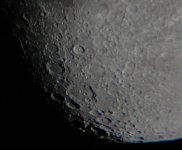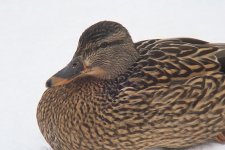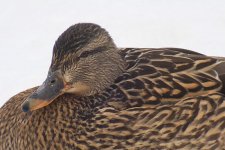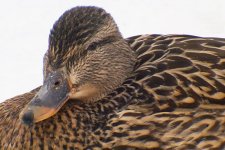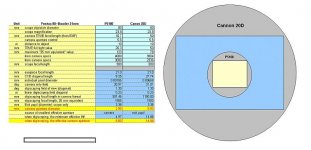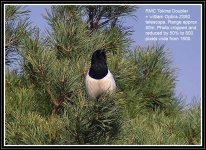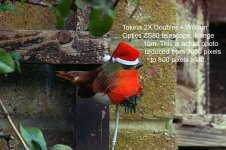What i want to do is to be able to take pictures of birds and have then sitting proud in my collection, not like some of the ones i have had with my coolpix 885 camera, for every one good one i have 900 bad ones !!, i want this to improve.
Cheers for your help and advice, i am listening mate.
i await your reply.
You are in for a major disapointment... It is not the camera that makes the pictures but the photographer. If you are under the impression that choosing the right equipment will assure great photos - your are VERY wrong. You must make your classes before and learn how to use whatever you have in terms of equipment.
It is a good idea to read about equipment, question other photographers and try some cameras if possible. Getting the right equipment is important as it will definitely make life easier for you and eventually allow you to take some great pictures but it alone won't make you a great photographer.
But, even with the BEST equipement (if there is such a thing...) your ratio when you start using it will be 1:900 unfortunately. Then it will improve to 2:900 and maybe eventually to 9:900. If you become good enough to have a REAL keeper for each 100 photos, you will be among the best photographers.
What is nice with digital photography is that photos cost NOTHING. Learn to use whatever equipment you have and work your way up. There is no free lunch in photography. Slowly improve your equipment, one piece at a time if possible and learn to use it. Read a lot, try, experiment and shoot, shoot, shoot, shoot. That's the proven way to do it.
As I see it, there are 4 areas you will need to work on to eventually become great bird (or any wildlife) photographer:
1. Devote a lot of time to it
2. Understand and respect bird behavior
3. Master your equipment
4. Become proficient in post-processing (Photoshop and the like)
If you work hard enough at these, you will improve big time and you will become quite good like most of us. Become a great photographer ? Maybe yes, maybe no... I know that I am not there... yet, but tomorrow is another day, who knows !




